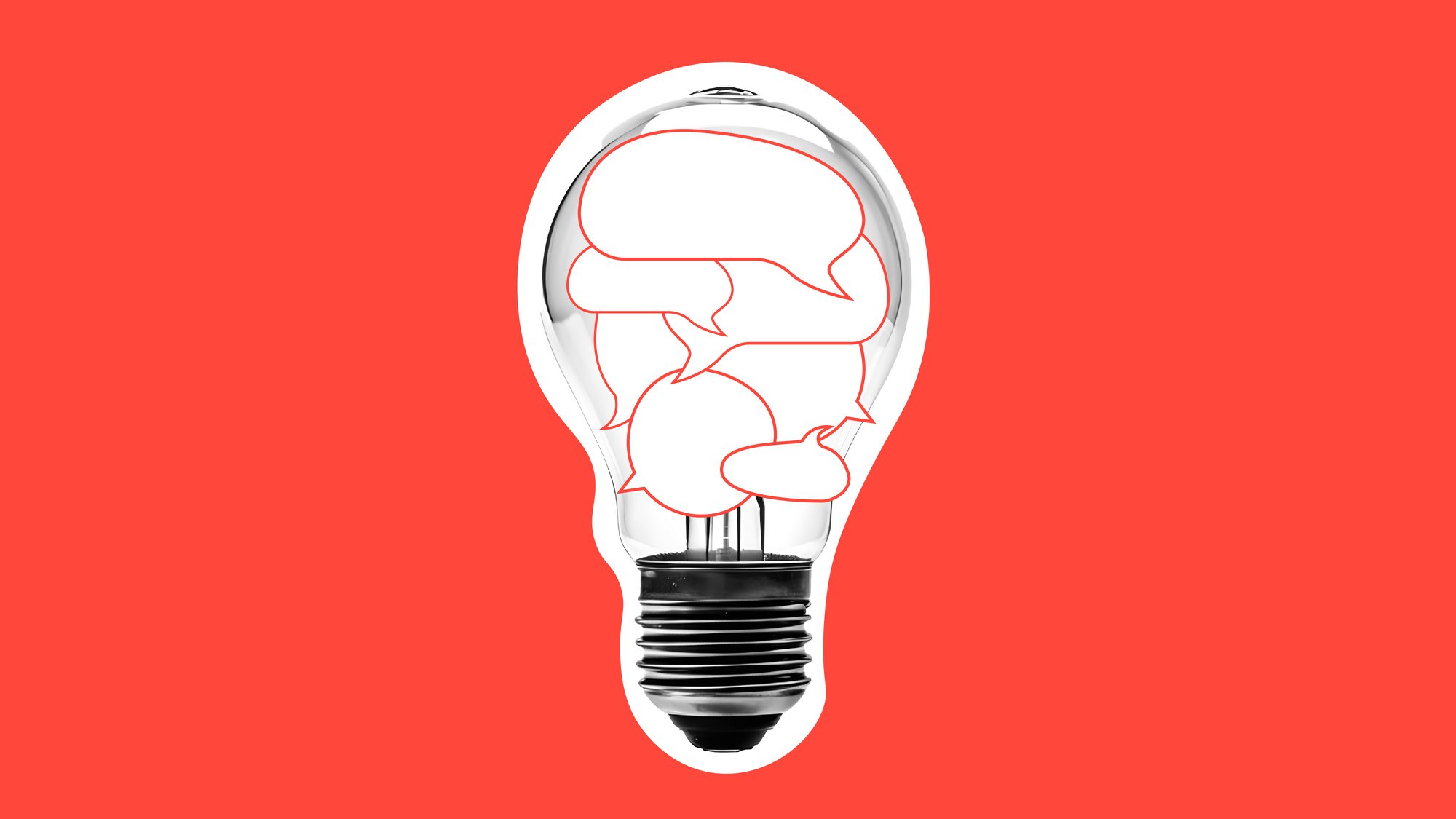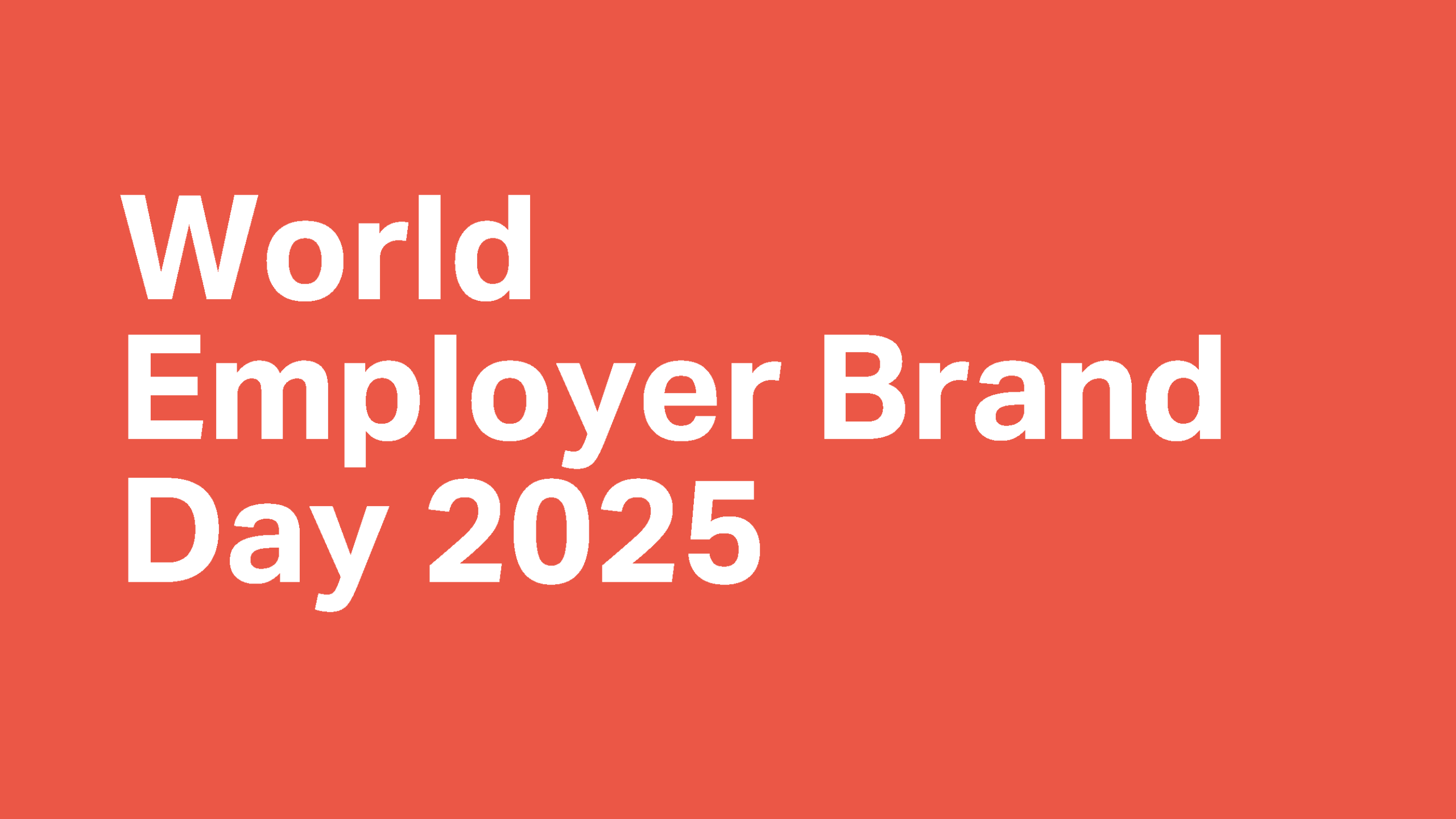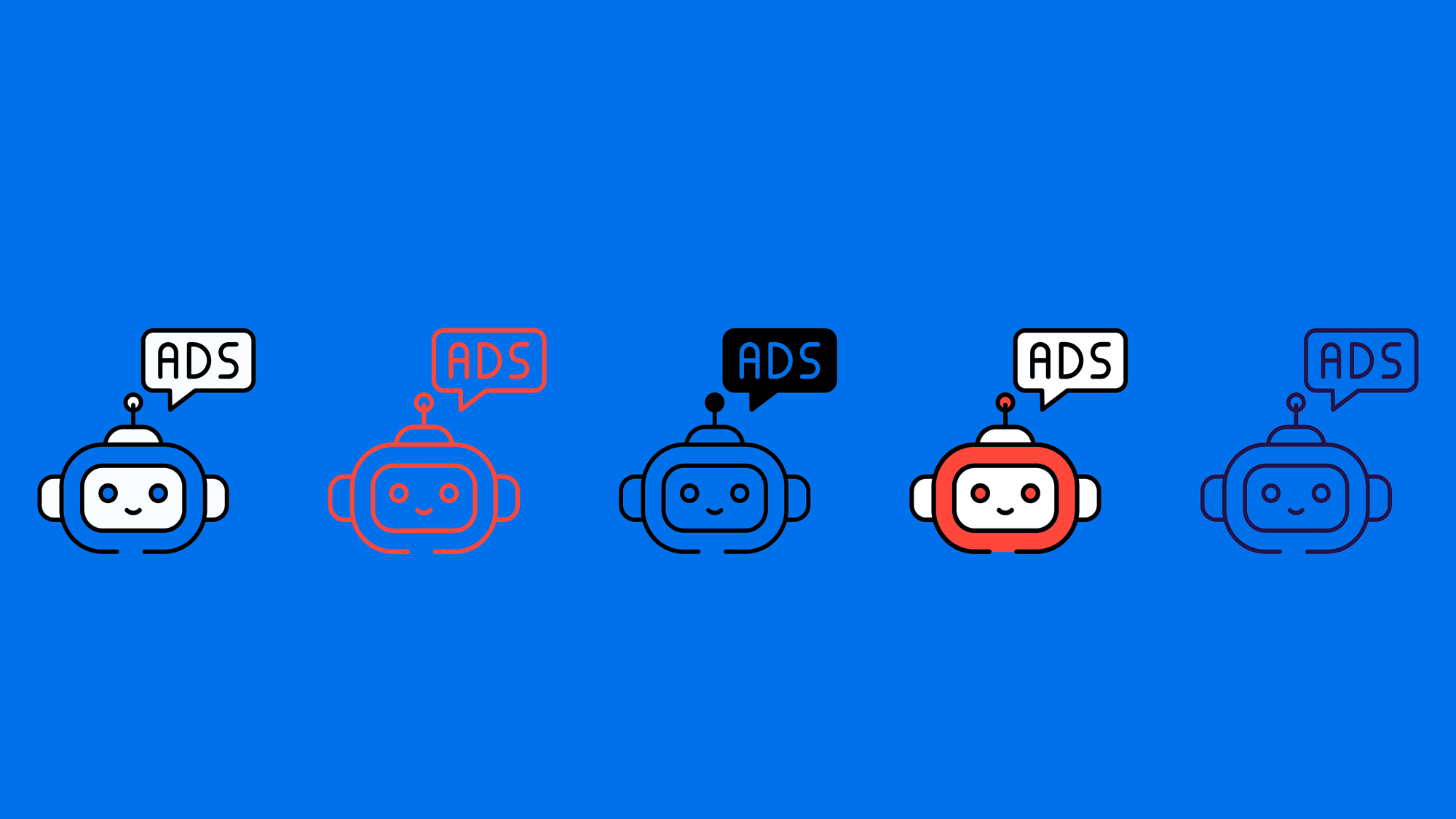The psychological underpinning of creative effectiveness

I read the System 1 report “How creativity multiplies profit” last week. I generally like the work System 1 put out. It tends to be clear, entertainingly delivered, grounded in robust data, and focused on effectiveness. Creative effectiveness is a metric which, for some unbeknownst reason, is far too often overlooked in the world of marketing and advertising.
Andrew Tindall at the System 1 group needs little platform enhancement, but I want to credit him with yet another excellent piece of work.
The report shows how 5 key considerations within creative communications can lead to substantially greater effectiveness. And effectiveness, as far as the data shows, equates to stronger commercial performance.

The five levers of creative effectiveness
The 5 components are:
- The use of emotion
- Successfully incorporating brand codes
- The cost of being dull
- The disproportionate power of entertainment
- The unseen force of compound creativity
A dual perspective: marketer vs psychologist

Whilst going through the report, I found the my responses were influenced by the two strands of my career. Each opposing or differentiating from the other.
The marketer within was impressed and at times surprised by the extent of some of the results. While the psychologist within offered a more sceptical, often nonplussed response: “well, of course that’s happening – that’s easily explainable”.
The five components operate well together by working within our automatic decision-making processes. This is a happy place for us to be – energy efficient, less cognitively taxing, and often more fun.
But let’s look at how each of the five elements work individually so we understand the parts of this sum…
Emotion helps us in a variety of ways. It creates stronger, longer lasting memories than purely “rational” information does. This is likely due to the activation of a part of the brain called the amygdala. The amygdala plays a key role in securing survival – think fight or flight – and attaching emotional significance to memories. It also happens to be extensively connected with three other key decision-making areas which look after hormone release, decision-making, and memory.
Consequently, emotions achieve two further feats;
- They cut through the noise and hold attention, increasing a brand’s salience in our minds and
- They serve as mental shortcuts by encoding feelings, rather than activating a more deliberate and intensive part of our decision-making architecture.
Brand codes: mental shortcuts in action
It naturally follows that the successful incorporation of brand codes leads to more effective advertising. As our brains are associative learning machines.
If our memory structures are activated, then including more brand codes strengthens the connection between the advert and the brand. If a brand forces its codes into an advert unnaturally, it can disrupt fluent System 1 processing and trigger more effortful System 2 thinking.
Differentiation over distinctiveness

Andrew Tindall’s research shows that for challenger brands, differentiation matters more than distinctiveness. This makes sense, as these brands are unconsciously positioned in consumers’ minds based on what they are, do, and offer. So, less established brands must first build the right associations (differentiation) before reinforcing them for recognition (distinctiveness).
The report shows that neutral (or 'dull') campaigns deliver 40% lower ROI than the least dull, which is striking given how common dull ads are appearing in 31–49% of campaigns across industries. It also finds that entertaining ads outperform both dull and overly sales-focused ones, making ad spend more effective. This aligns with how we process entertaining content. We look at it through a peripheral route, focusing on the story rather than critically analysing the sales pitch (central route). This keeps our guard down and makes us more receptive. Compared to dull ads, entertaining ones hold attention better. They lift the mood, and engage the brain by triggering interest and curiosity.
The power of consistency
The report’s final finding is clear: consistent brands significantly outperform inconsistent ones on both differentiation and distinctiveness. And the difference is stark.
Consistent brands deliver nearly three times the profit (17.6% vs 6.1%). This ties back to the brain’s associative learning model: when consumers understand what a brand does, they can more easily place it in their mental world. Given how little people actively think about brands, clarity and consistency are essential to align with automatic, System 1 processing. Our brains reinforce meaningful, consistent signals and discard the rest.
Tindall’s analysis underscores the value of crafting and maintaining consistent positioning and associations over time. When combined with entertaining advertising – which captures attention, lifts mood, reduces resistance, and boosts receptivity – brands become more memorable and positively perceived. Repeated use of clear brand codes further strengthens this mental image, leading to greater salience, preference, and, ultimately, market share. This is assuming the rest of the marketing mix holds.

Creative effectiveness: final thoughts
I find it surprising how underutilised psychology is in the world of business. Sure, there are consultancies who provide business or consumer psychology services. And creative agencies like theTeam and Ogilvy who incorporate behavioural science within their principle services (e.g., comms and advertising). But I still sense a broader understanding of psychology would enhance more or less every aspect of business. Why? Because it relates to the very blood and oxygen of commercial success – people.
P.s. It’d probably be remiss for me not to mention that the brand activation and employee engagement offers at theTeam bring behavioural science into all facets of the design process, balancing critical thinking with creativity to deliver highly effective outcomes.
If you’ve any interest in exploring alternative ways of connecting with the blood and oxygen of your organisation we’d love to hear from you.




